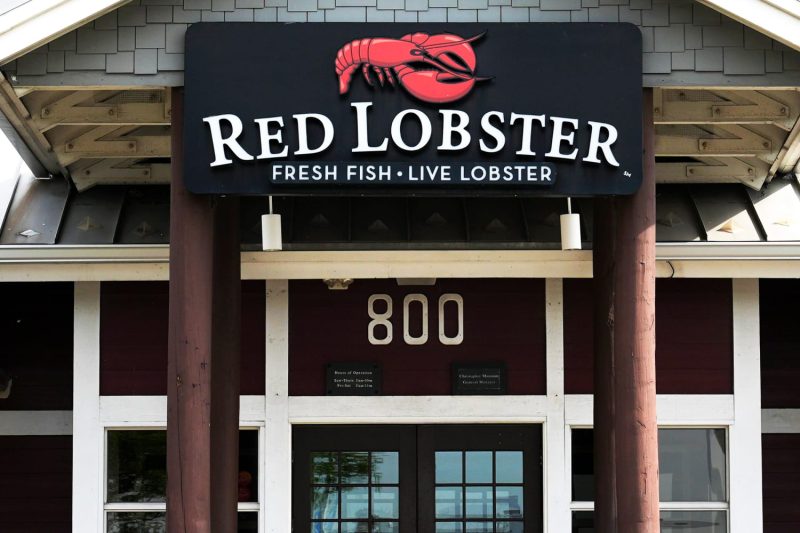The America’s love affair with seafood has always been strong. From succulent shrimp scampi to mouthwatering lobster bisque, seafood restaurants have long been popular dining destinations. One such iconic chain that has been synonymous with seafood dining in the United States for decades is Red Lobster. However, a closer look at Red Lobster’s recent history reveals a troubled path that has led to its decline in popularity and profitability.
Private equity firms play a significant role in the business world, often injecting much-needed capital into struggling companies in exchange for a stake in their operations. Red Lobster found itself in the crosshairs of private equity firm Golden Gate Capital in 2014 when Darden Restaurants, its parent company at the time, decided to offload the seafood chain. The acquisition by Golden Gate Capital marked a turning point in Red Lobster’s trajectory and set the stage for its subsequent challenges.
One of the key factors that contributed to Red Lobster’s decline under private equity ownership was a lack of strategic vision and innovation. While the chain had a loyal customer base and a strong brand recognition, it struggled to adapt to changing consumer preferences and dining trends. Red Lobster’s menu offerings remained largely unchanged, failing to keep pace with the evolving tastes and preferences of American diners.
Another significant challenge that Red Lobster faced under private equity ownership was rising costs and declining profitability. Golden Gate Capital’s focus on cost-cutting measures and short-term profitability often came at the expense of long-term sustainability and growth. Red Lobster’s relentless pursuit of efficiency and profitability led to compromises in food quality, customer service, and overall dining experience, alienating its core customer base and tarnishing its reputation.
Moreover, the rise of fast-casual dining chains and the growing trend towards healthier, more sustainable food options further eroded Red Lobster’s competitive edge. While the chain attempted to introduce new menu items and promotions to attract younger diners, its efforts fell short in capturing the changing tastes and preferences of the modern consumer.
Despite these challenges, Red Lobster’s story is not all doom and gloom. In recent years, the chain has made efforts to revitalize its brand and regain its footing in the competitive seafood market. From updating its menu offerings to enhancing the dining experience for customers, Red Lobster is striving to redefine its image and appeal to a new generation of seafood lovers.
In conclusion, Red Lobster’s struggles under private equity ownership serve as a cautionary tale for businesses seeking to balance short-term profitability with long-term sustainability. While private equity firms can provide much-needed capital and expertise to struggling companies, a myopic focus on profits at the expense of innovation and customer satisfaction can ultimately lead to a company’s downfall. As Red Lobster continues its journey towards redemption, it serves as a reminder of the importance of adaptability, resilience, and constant evolution in the ever-changing landscape of the restaurant industry.


























